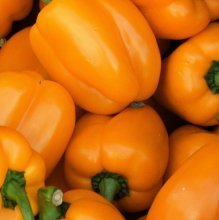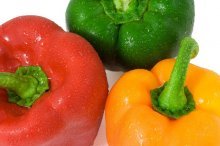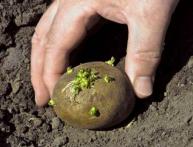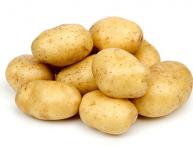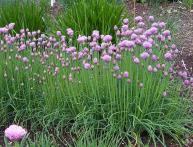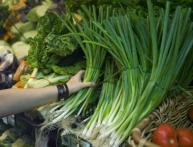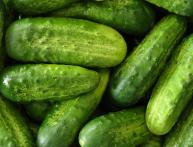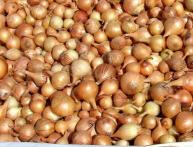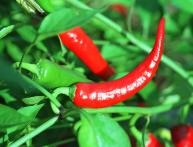Rules for growing pepper "Star of the East"
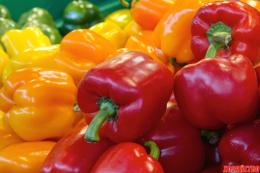
The Eastern Star is an early ripening hybrid. This bell pepper with a sweetish taste is valued by gardeners not only for its excellent taste, but also because the fruits ripen in just three and a half months; in addition, the variety is unpretentious and has high yield.
Content:
- Characteristics of the variety
- Rules for planting seeds
- How to grow and plant seedlings
- How to care for peppers
- What are the benefits of bell pepper?
Characteristics of the variety
The Eastern Star combines several varieties at once varieties with different colors. Peppers can have different colors:
- orange
- purple
- tangerine
- white
- golden
- chocolate
- yellow
All varieties were developed by a Russian seed company. The fruits in cross-section resemble a star, which is why the variety got its name. The growing season lasts no more than 110 days. All species included in the line of Zvezda Vostok varieties can grow both in open ground and in greenhouses.
The height of the bush does not exceed 80 cm. From 15 to 20 peppers are formed on one bush. The bushes are semi-spreading with large, slightly wrinkled leaves. The fruits have juicy pulp, a pleasant sweet taste and delicate aroma. The cuboid hybrid has three or four chambers.
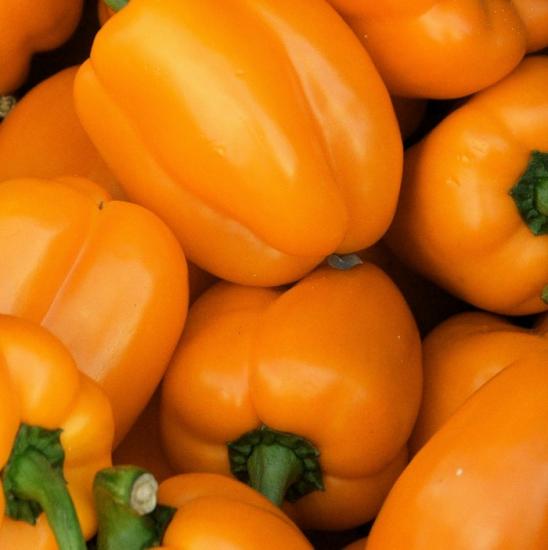
The walls are quite thick and fleshy, they reach a thickness of 1 cm. The weight of one pepper ranges from 150 to 200 grams. Up to 8 kg of vegetables are harvested from one square meter.Peppers can be picked unripe; the picked fruits will ripen in a cool, dark place. The plant is resistant to viral diseases.
Advantages
Peppers belonging to the Star of the East variety have many positive characteristics. Peppers of this variety compare favorably with other varieties of bell peppers. The advantages include:
- the plant is disease resistant
- the fruits have excellent taste
- the fruits contain a lot vitamins
- peppers can be transported for a long time and not be afraid that they will spoil on the way
- high yield
- the fruits are suitable for consumption both raw and canned
Rules for planting seeds
Seeds are sown at the end of February. When purchasing seeds, it is better to give preference to fresh seeds. Seeds from previous years may be stored in incorrect conditions, which negatively affects their germination. The grains are disinfected in a weak solution of potassium permanganate, after which they are sown in warm soil. Dry seeds will take a long time to germinate, but if you soak them, the germination rate will increase. The order of sowing seedlings is as follows:
- Prepare the landing container. Punch holes in the bottom of the box, this will allow you to place the boxes with seedlings in trays, spilling the plants from below.
- The box is filled with soil; special soil for peppers is suitable. There is no need to fill the soil to the edges; it is better to leave 2 cm from the top.
- Spill the soil with an unsaturated solution of potassium permanganate.
- Form grooves 1 cm deep. A distance of 5 - 7 cm must be maintained between the grooves.
- Distribute the seeds in the grooves, taking into account that the distance between them should be no more than 2 cm. Sprinkle seeds soil.
The box should be put in a warm place and covered with film on top. Plantings need to be checked regularly; if the soil is dry, it will need to be watered. Warm water is used for irrigation, otherwise the development of plants may stop. It is necessary to regularly inspect the plantings. After a week, the first shoots will appear; the box is placed in a warm, bright place.
How to grow and plant seedlings
When the first shoots appear, the plant is placed on the windowsill. Small plants require a lot of light. During the day you need to maintain a temperature of 25 to 28 degrees. At night, the temperature can be reduced by three degrees. When 2 true leaves grow, the plants are transplanted into separate cups.
When replanting, pay attention to the roots; if they are too long, they will need to be plucked off by 1 cm. The boxes should not be moved from place to place. The plant is very sensitive to changing its permanent location.
Peppers are planted on the site in May. The timing depends on whether the bushes will be placed in open or closed ground:
- On May 5–10, peppers are planted in a greenhouse
- May 10 – 20, peppers are planted under film cover
- May 20 – 30, in production disembarkation in open ground
In regions where summers are short, it is better to grow peppers in greenhouses; in open ground the fruits will not have time to set. If peppers are planted in open ground, you need to monitor the weather. If there is a risk of night frosts, the peppers need to be insulated; they are covered with film or lutrasil at night. Greenhouse peppers must be ventilated regularly.
How to care for peppers
Peppers should not be watered very often. Watering is done with warm water. During the growing season you will need to do 2 or 3 feedings.
- nitrogen (liter of manure per 12 liters of water)
- potassium-phosphorus
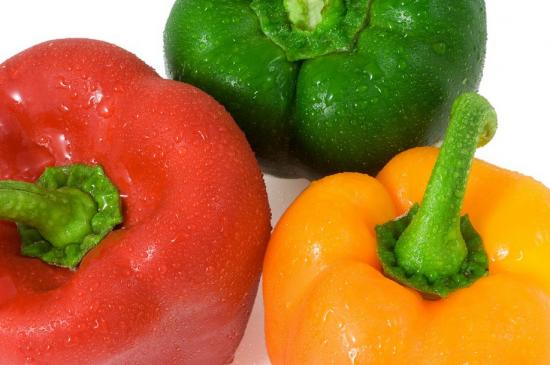
Fertilize the plant before the buds begin to appear. For the third feeding, fertilizer is prepared from double superphosphate. It is done as follows:
- double superphosphate – 2 tbsp
- wood ash – 1 cup
Both substances are mixed and poured with cold water. The product is infused for two days and used as directed. Tall bushes need to be tied to a peg; this is necessary for plants such as peppers, eggplants and tomatoes, growing in open ground so that the wind does not break the stem. Tall bushes in the greenhouse are also tied up so that the plant does not break under the weight of the peppers.
The crop is harvested at the stage of technical maturity. After which, they are placed in boxes and put away in a dark, cool place where they will ripen.
What are the benefits of bell pepper?
Bell pepper Star of the East is valuable for health. It contains many vitamins. Among them: vitamins A, P, C, PP, B. The composition of the fruits also includes the following useful substances:
- carotene
- magnesium
- phosphorus
- calcium
- potassium
- iron
- iodine
- zinc
Due to its composition, pepper is very beneficial for health. It helps strengthen blood vessels, improves vision and accelerates hair growth. With the help of bell pepper you can alleviate bronchitis and normalize cerebral circulation. Besides, pepper thins the blood, which prevents the formation of thrombosis. And most importantly, it saves you from cancer. This vegetable is very useful in its raw form. It is also widely used in preparing various culinary dishes and making preparations for the winter.
Video about the Eastern Star pepper:

